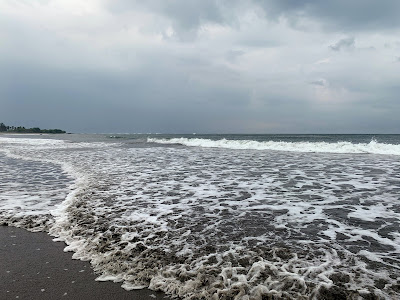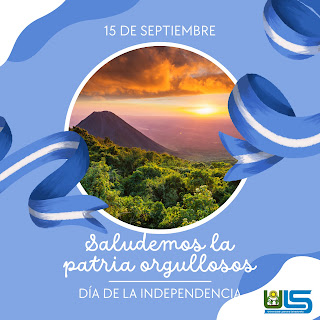Vacation Week: The Beachy Part

We started our vacation week with coffee in the mountains, and we ended our vacation with a couple of days of relaxation, and coffee, on the beach. We rented a house on Playa Maculís in La Union . We cooked simple meals, did a lot of walking, swam in the pool and jumped in the waves. So lovely to have a pool as well as the sea, especially if it's a little rough out there or you are afraid of creatures. Beach art. Not human-made. Crab-made. It's really hard to appreciate just how large this crabby firework is! Our investigations indicated this was the work of a sand bubbler crab. The beach was covered with their designs during low tide. Here is a great little video which explains the daily routine of a sand bubbler crab. The change of the colors in the sky and sea is mesmerizing, and with such a flat expanse of sand at low tide, the shallow water is smooth like glass. Do you see it? This guy was hanging out in a tide pool. We almost stepped on him! We were s...

